If you think something small can’t make a difference in life, think of a mosquito. One sleepless night, ruined picnic or one sore arm, a single mosquito can be the cause of so many of life’s displeasure’s. Unfortunately for travelers and many in the developing world, it is a little more serious. Mosquitoes carry two serious vector borne diseases: dengue and malaria. While there’s no vaccine or cure for dengue, there are chemical prophylaxis to help prevent malaria.
We’ve gotten a lot of questions over the last 16 months about malaria medications and we’ve asked plenty ourselves. Here’s how we came to our decision.
To drug or not to drug, that is the question.
The ever growing global discussion on vaccines, use of pharmaceuticals and immunizations is alive and well in the  world of travel. We met several long-term backpackers in South America who took no prophylaxis against malaria. On the other hand, we didn’t meet a single traveler in Africa not using a chemical prophylaxis. To put that in perspective consider this: approximately 90% of deaths due to malaria occur in Sub-Saharan Africa.
world of travel. We met several long-term backpackers in South America who took no prophylaxis against malaria. On the other hand, we didn’t meet a single traveler in Africa not using a chemical prophylaxis. To put that in perspective consider this: approximately 90% of deaths due to malaria occur in Sub-Saharan Africa.
We began researching our options and speaking with our doctors regarding the different drugs. We wanted to take a chemical prophylaxis for a few reasons: 1) we didn’t want to get malaria, 2) we believe that the potential side effects of the drugs are less damaging than the disease itself and 3) we did not want to contribute to the spread of malaria across regions. Spreading Malaria is no joke, if we were to be infected with a particular strand in one region we risk spreading that strand to another region when we travel there. In some countries malaria accounts for over half of hospital admissions and public health spending. We try to be responsible in our travels and for us we didn’t want to take the chance that we could carry a new strand to a previously unaffected region.
We based our decision on where we would be, the potential side-effects and the convenience of the drugs. We knew we didn’t want to carry a daily drug with us, the storage space aside, its never good to show up at a land border carting around boxes of pills. Also, we wanted to take a drug that’s effective in nearly every region on our itinerary. I wish I could say my regular doctor was helpful in leading the discussion about the options, but she unfortunately was not. Although Danny’s doctor was more willing to educate himself on the possible side-effects and have an informative discussion with him, I think the situation I faced is probably more normal. If your regular doctors is unfamiliar speak with someone at a travel clinic who can guide you through the options.
Besides taking a chemical prophylaxis, we also bought an insecticide treated mosquito net. Although most places we slept in had mosquito nets, it was good to have our own for the few places that didn’t.
The Options
There are several chemical prophylaxis options on the market. You should discuss with your doctor which one is best considering your time frame, travel locations, risk of transmission and medical history. No matter your choice you should always take precautions against mosquito bites, especially dusk to dawn when transmission occurs.
Chloroquine COST: inexpensive FREQUENCY: weekly AREAS: Central America OUR EXPERIENCE: 5 months in Central America, no problems. Doxycycline COST: inexpensive FREQUENCY: daily AREAS: South America, Asia and Africa OUR EXPERIENCE: None. Doxycycline was impractical for us, it upsets Danny’s stomach and we didn’t want to carry 365 or more doxycycline pills each. We’ve met several travelers taking this and the most commonly side effect seems to be sun-sensitivity. An added benefit of Doxycycline is that because it is an antibiotic, it also helps when you come across a questionable meal or two. If we had trouble with Lariam this would have probably been our backup. Lariam (Generic: Mefloquine) COST: expensive FREQUENCY: weekly AREAS: South America, Asia and Africa OUR EXPERIENCE: Lariam is probably the most controversial anti-malarial on the market. We took Lariam for several consecutive months in South America, Africa and Asia and have experienced no negative side effects. For us this was the most practical choice: weekly, effective and not as outrageously expensive as Malarone. Malarone COST: very expensive FREQUENCY: Daily AREAS: South America, Asia and Africa OUR EXPERIENCE: None. We’ve met other short-term travelers taking it. Most frequent complaint we hear is the cost. For us this drug was impractical because of cost and frequency; too many pills to carry and too expensive at that.Immunity?
Several promising vaccines are under development around the world, however none has yet been proven to develop immunity to the disease. You cannot build up immunity to malaria by drinking the local water. Seriously. People with sickle-cell disease or carriers of the trait have a substantial protection against malaria. Because the disease causes a deformation of the red blood cell, the malaria causing parasite attached to the red blood cell is destroyed before it has a chance to reproduce.
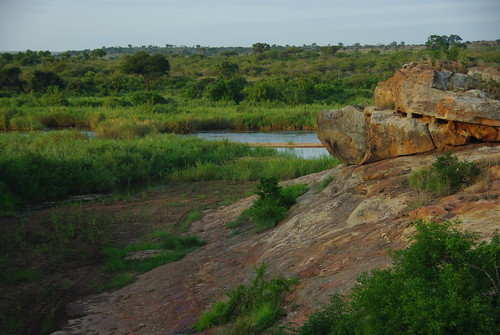




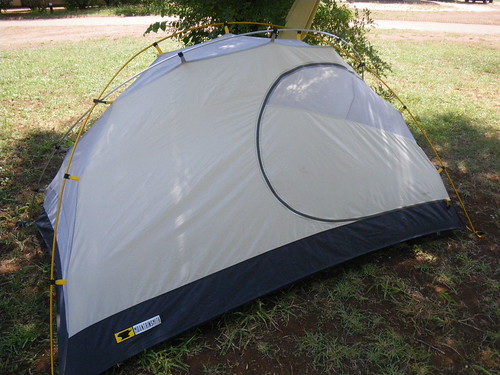
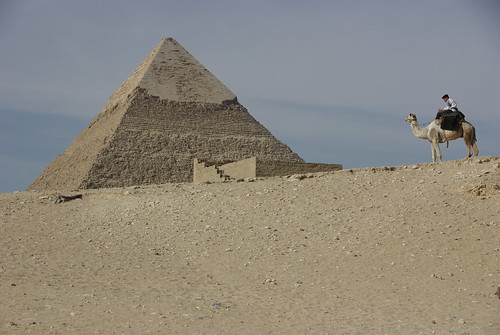
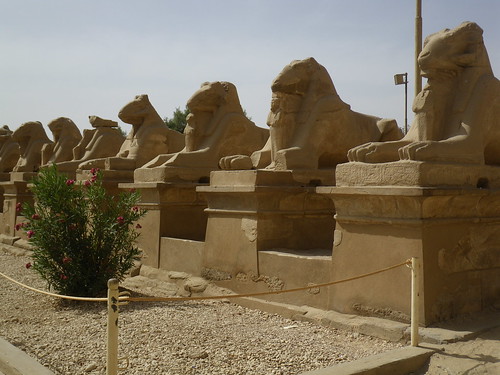
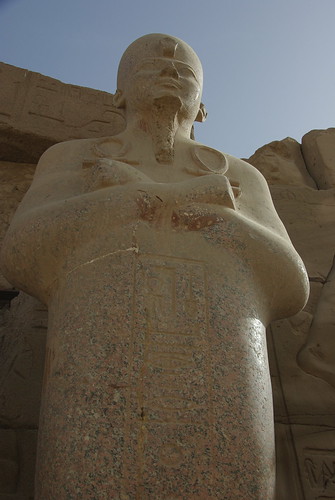

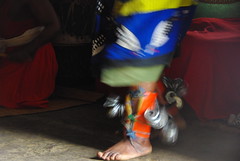
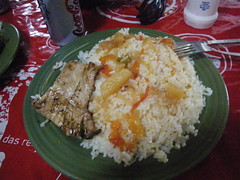
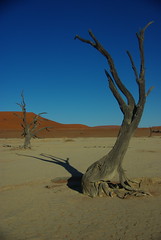

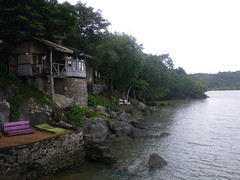
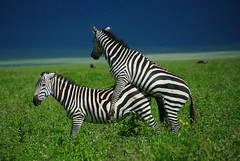
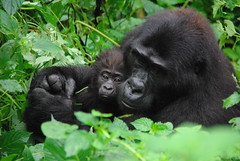
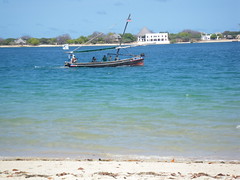

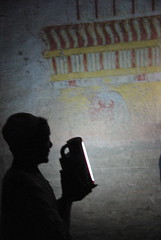
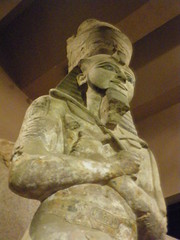
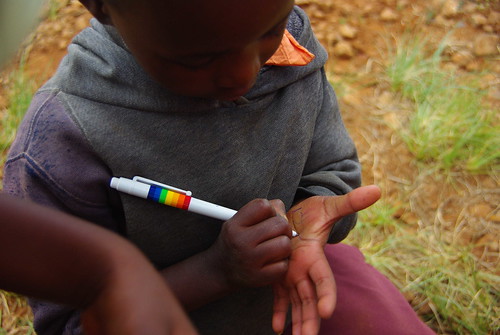
Recent Comments